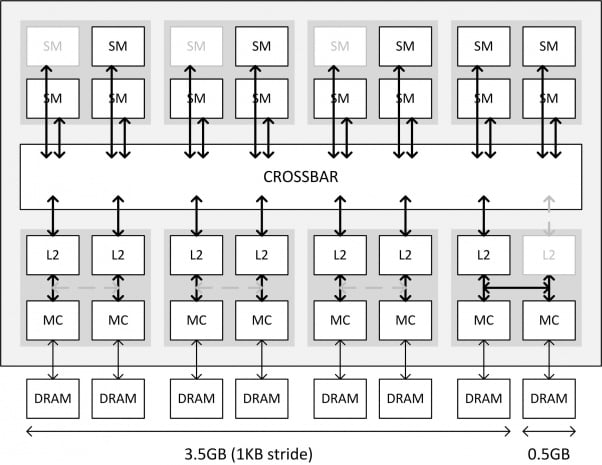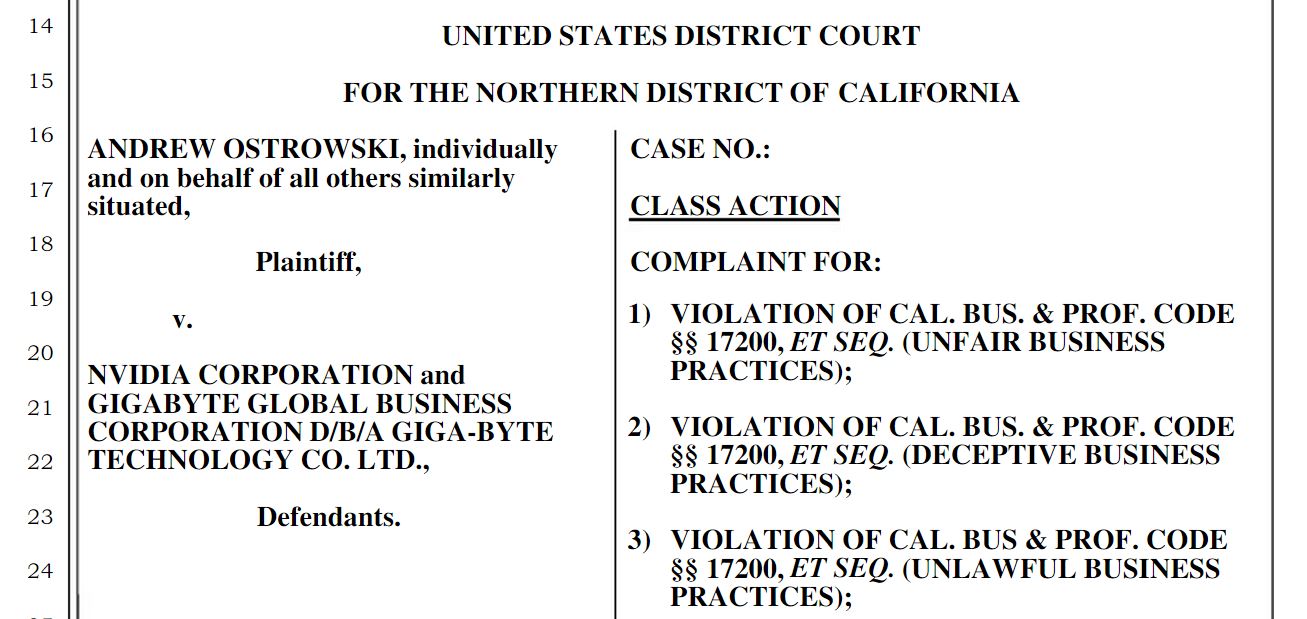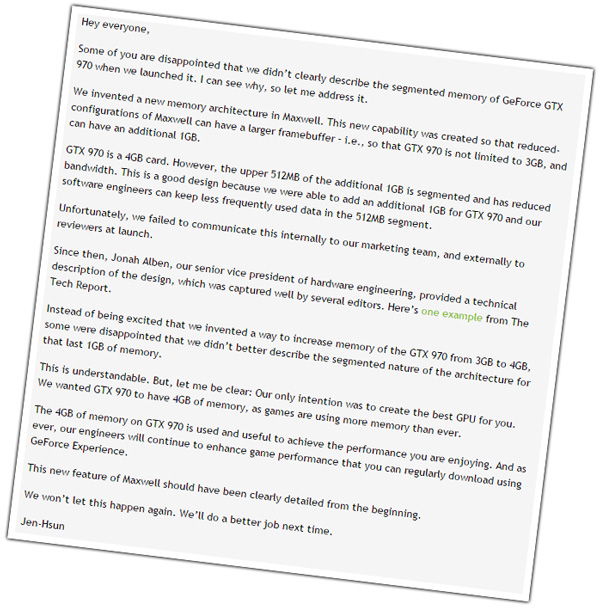Nvidia’s top brass Jen-Hsun Huang finally speaks about the GTX 970 fiasco, stating his clear apology to Nvidia GTX 970 owners who are furious about the memory segments found in the said card.
“We invented a new memory architecture in Maxwell. This new capability was created so that reduced-configurations of Maxwell can have a larger framebuffer – i.e., so that GTX 970 is not limited to 3GB, and can have an additional 1GB. GTX 970 is a 4GB card. However, the upper 512MB of the additional 1GB is segmented and has reduced bandwidth. This is a good design because we were able to add an additional 1GB for GTX 970 and our software engineers can keep less frequently used data in the 512MB segment.”
The REAL ISSUE ISN’T THE CAPACITY:
The GTX 970 is indeed a 4 GB card, with 7 main memory ports in 1 GB [512+512 MB] per 2 port configuration. Think of it as a 7 lane highway with each lane able to take traffic in and out. For the first 6 Lanes(3000 cars total capacity), things are looking pretty good, but when the 7th Lane started to build traffic more than 512 cars, it opens up the slower sub-lane that could provide service for another 512 cars – only slower since it might be on a new sub-lane but it shares the same 7th lane to the L2 avenue instead of opening up a new one. The memory configuration of the GTX 970 could be read here in full detail.

Filling that thing up is not easy, since Nvidia configured the GTX 970 to use the remaining 512 MB physical memory if necessary, specifically with compressed textures which will not really hamper the card’s performance dramatically. TechReport dived into the issue and have concluded that the card is working as intended.
“Unfortunately, we failed to communicate this internally to our marketing team, and externally to reviewers at launch.”
Perhaps the real issue is Nvidia’s lack of communication internally from their engineers and the marketing team, since the card actually has 56 ROP Units and 1.75 MB of L2 cache as opposed to the originally stated 64 ROP Units and 2 MB L2 Cache. Ultimately, it could be marketed well as a 3.5 GB card with an extra 512 MB of VRAM cache available when needed. But, it is not case, and thus a lawsuit has been filed against the company and GIGABYTE Technology.
 Lawsuit copy link
Lawsuit copy link
NVIDIA IN DEEP WATERS
4 major complaints has been filed against Nvidia & GIGABYTE, in violation of California’s Business Code. These includes Unfair Business Practices, Deceptive Business Practices, Unlawful Business Practices, and Misleading Advertising pertaining to the real specifications of the card. Heck, even the GTX 970M owners could possibly file a complaint too, since it is affected by the misleading GTX 970 specifications which Nvidia admitted earlier last January. Cases like these might take a year to develop, and that US$ 5 Million lawsuit is just a scratch on Nvidia’s still growing portfolio.
Nvidia is reported to earn approximately US$ 4.13 Billion in revenue for the last 2014, and it’s looking great for the company. This time though, 2015 is looking not so green for Nvidia. What are your thoughts about this? Will you still buy Nvidia cards or jump into the Red team because of the issues?

